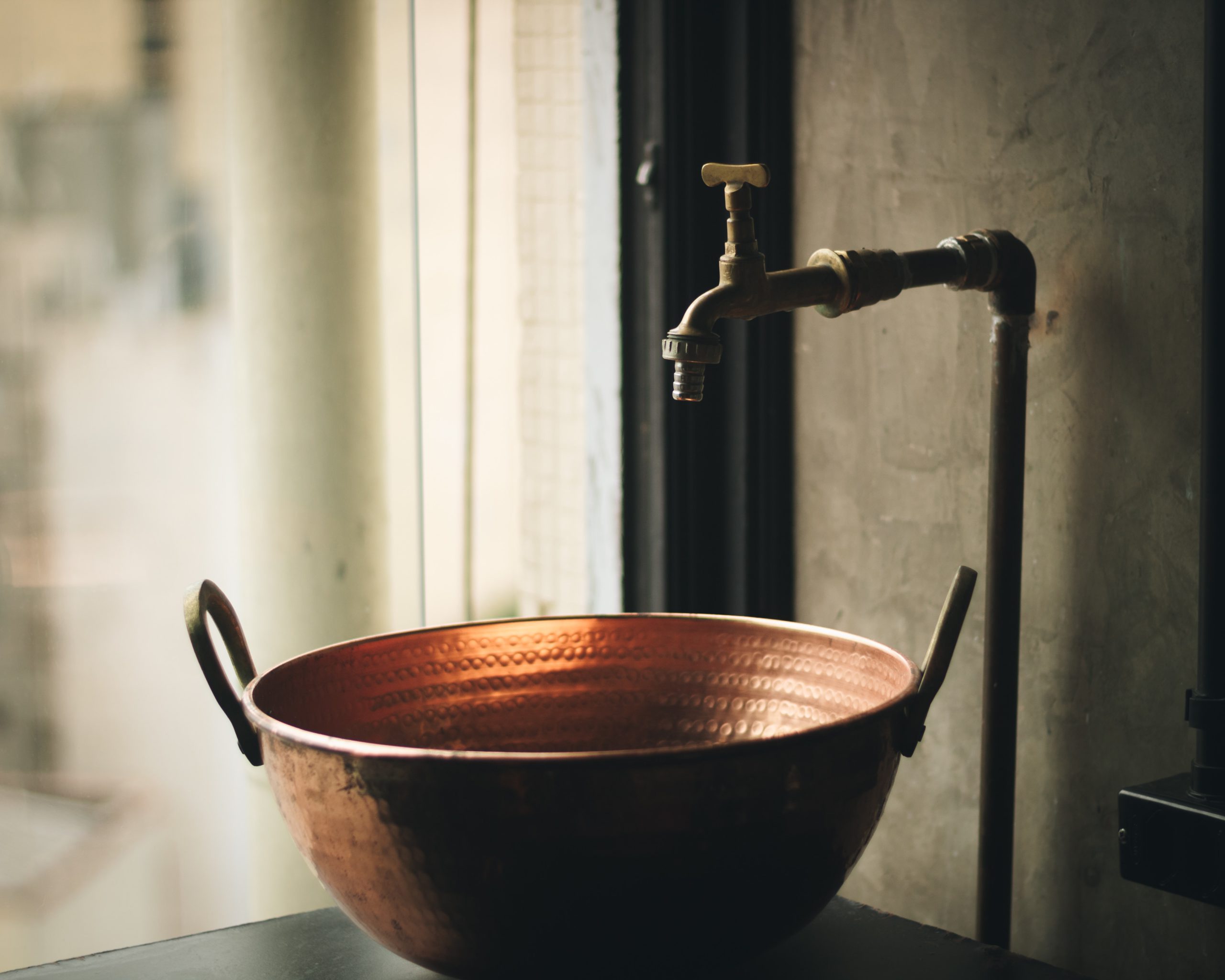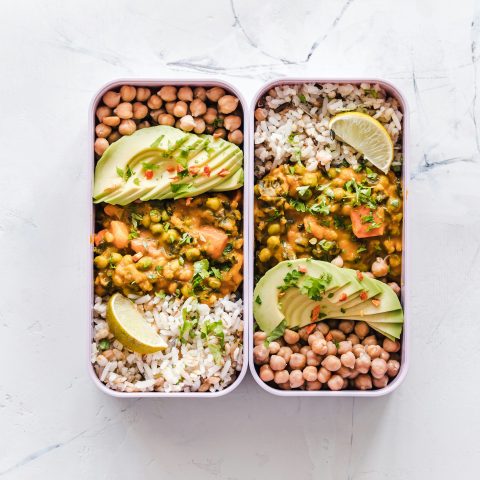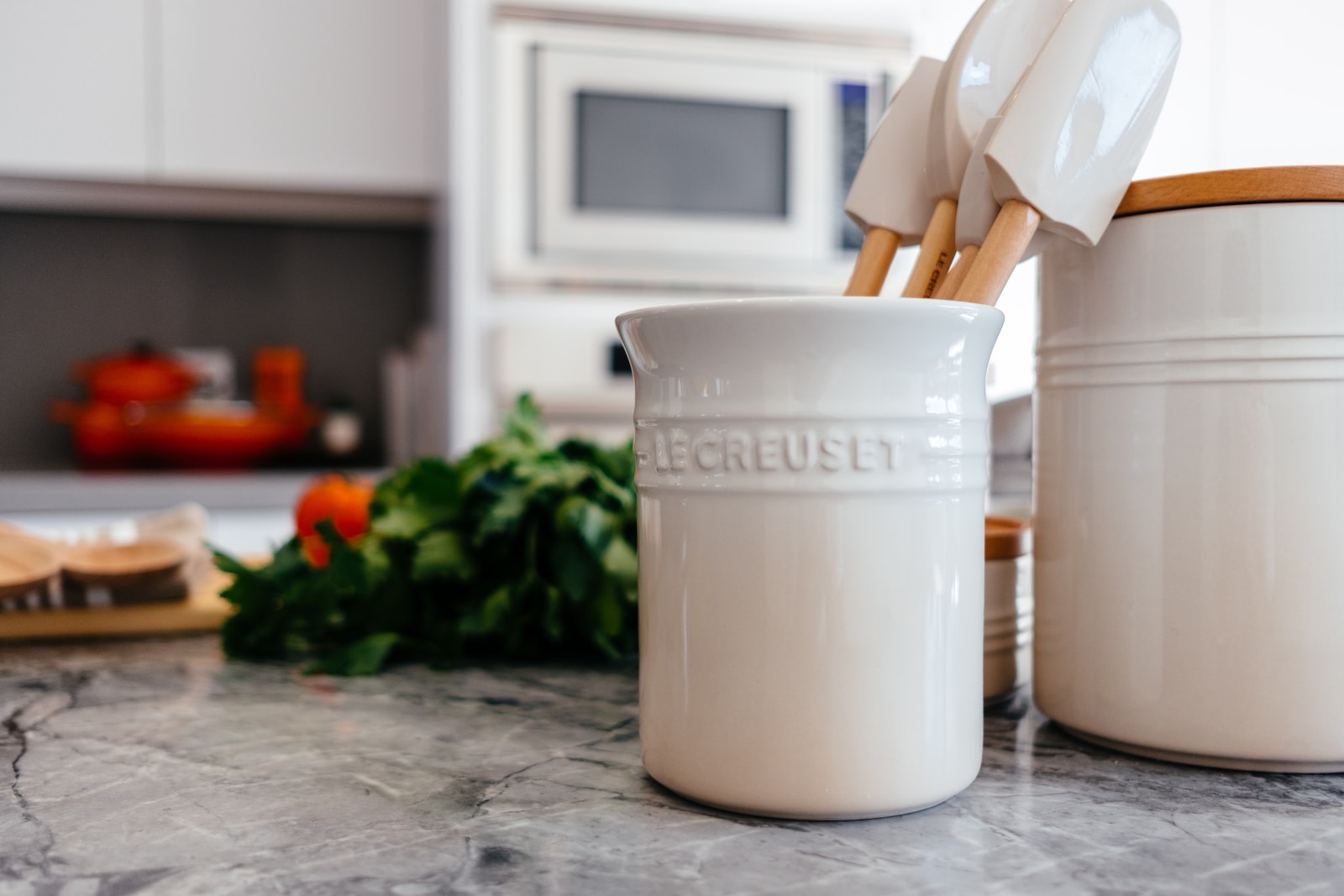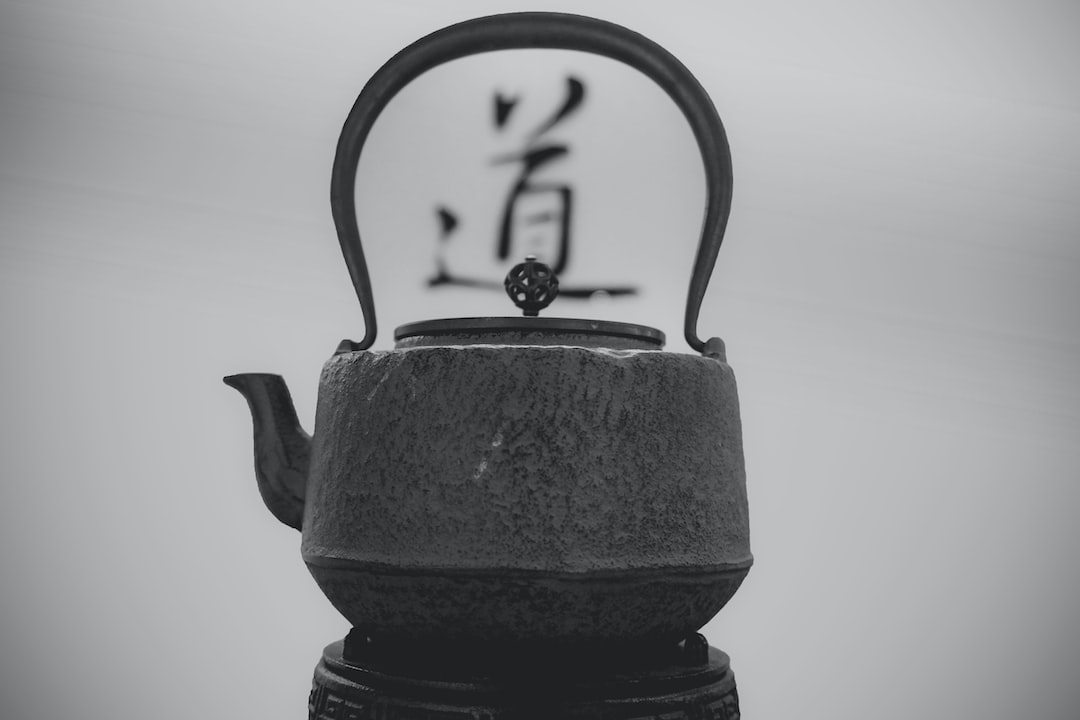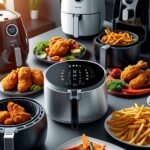Ladle of Contents
Key Takeaways:
- Contrary to popular belief, it is generally safe to use metal utensils with stainless steel cookware.
- Stainless steel is a durable material that can withstand the use of metal utensils without significant damage.
- While metal utensils may cause superficial scratches on the surface of stainless steel cookware, they do not affect its performance.
- Avoid using excessive force or scraping motions when using metal utensils to minimize the risk of scratches.
- Consider the specific manufacturer’s recommendations for your stainless steel cookware to ensure proper care and maintenance.
Introduction
The debate about using metal utensils on stainless steel cookware has been a topic of discussion among home cooks for years. Many believe that metal utensils will damage the surface of stainless steel pans and pots, leading to concerns about using them. In this article, we aim to debunk this myth and provide clarity on whether it is safe to use metal utensils with stainless steel cookware.
The Truth about Using Metal Utensils with Stainless Steel Cookware
Contrary to common misconceptions, it is generally safe to use metal utensils with stainless steel cookware. Stainless steel is a highly durable material that can withstand the use of metal utensils without significant damage. However, it is important to note that metal utensils may cause superficial scratches on the surface of the cookware.
While these scratches may appear unsightly, they do not affect the performance or functionality of the cookware. Stainless steel pans and pots are designed to be robust and resistant to wear and tear, including the use of metal utensils. The scratches are typically cosmetic and do not compromise the cooking properties of the cookware.
Minimizing the Risk of Scratches
Although using metal utensils on stainless steel cookware is generally safe, it is still advisable to take precautions to minimize the risk of scratches. Here are some tips to follow:
- Avoid Excessive Force: Use gentle and controlled movements when using metal utensils. Avoid applying excessive force or using scraping motions that can increase the likelihood of scratches.
- Use the Right Utensils: Opt for metal utensils with smooth and rounded edges, as they are less likely to cause deep scratches. Avoid utensils with sharp or jagged edges that can dig into the surface of the cookware.
- Follow Manufacturer’s Recommendations: Different brands and manufacturers may provide specific guidelines for the use of utensils with their stainless steel cookware. It is important to consult the manufacturer’s instructions or recommendations to ensure proper care and maintenance.
Caring for Your Stainless Steel Cookware
To keep your stainless steel cookware in optimal condition, follow these care and maintenance tips:
- Regular Cleaning: Clean your stainless steel cookware after each use using mild dish soap and warm water. Avoid using abrasive cleaners or scrub brushes that can scratch the surface.
- Use Non-Abrasive Cleaning Tools: Opt for non-abrasive sponges or soft cloths when cleaning your cookware. These gentle tools help remove food residues without causing scratches.
- Proper Storage: Store your stainless steel cookware in a dry and clean area. If stacking multiple pieces, place a protective liner or towel between them to prevent scratching.
Conclusion
The myth that metal utensils should never be used with stainless steel cookware is debunked. While using metal utensils may result in superficial scratches on the surface, stainless steel cookware is designed to handle the use of metal utensils without significant damage. By following proper usage techniques and taking care of your cookware through regular cleaning and maintenance, you can confidently use metal utensils with your stainless steel cookware without worrying about compromising its performance.

